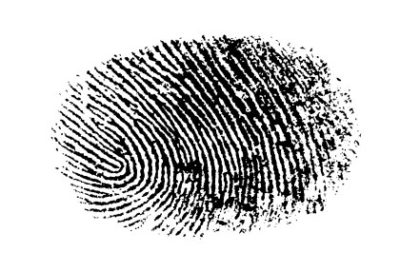American Association for the Advancement of Science Responds to the Department of Justice’s New Uniform Language for Fingerprint Analysts
04.16.18 By Innocence Staff
At the February 2018 American Academy of Forensic Science meeting, Department of Justice (DOJ) Deputy Attorney General Rod Rosenstein announced the Uniform Language for Testimony and Reporting (ULTR) document for fingerprint analysts. The document, which does not apply to examiners in state or local laboratories, serves to standardize language that DOJ fingerprint examiners use in their reports and testimony.
In response to the document’s publication, the American Association for the Advancement of Science (AAAS), the world’s largest multidisciplinary science society, sent a letter to Deputy Attorney General Rosenstein noting several problematic aspects of the new language. “The proposed language fails to acknowledge the uncertainty that exists regarding the rarity of particular fingerprint patterns,” wrote AAAS CEO Rush Holt. “Any expectations that an examiner asserts necessarily rest on speculation, rather than scientific evidence.”
In his letter, Holt acknowledges that while the ULTR prohibits a fingerprint analyst from making “the unsupportable claim that the pattern of features in two prints come from the same source to the exclusion of all others,” it also enables analysts to say they “would not expect to see that same arrangement of features repeated in an impression that came from a different source.” Holt takes issue with the DOJ’s use of terminology that lacks sufficient empirical data.
Instead, Holt proposed that the ULTR require examiners to use language that is better supported by scientific evidence. For example, if an examiner finds that two fingerprints have a “great deal of detail with no differences,” the examiner would also have to note, “There is no way to determine how many other people might have a finger with a corresponding set of ridge features, but it is my opinion that this set of features would be unusual.”
Glinda Cooper, the Director of Science and Research at the Innocence Project, commented on the Innocence Project’s support of the AAAS’ letter to the DOJ: “We are pleased that the AAAS has taken this step to review, analyze, and comment upon DOJ’s effort. It is important for such a well-respected organization to lay out the deficiencies in DOJ’s work, and the involvement of the leading scientists and science organizations is critical for advancing forensic science.”
Read more here.

Leave a Reply
Thank you for visiting us. You can learn more about how we consider cases here. Please avoid sharing any personal information in the comments below and join us in making this a hate-speech free and safe space for everyone.